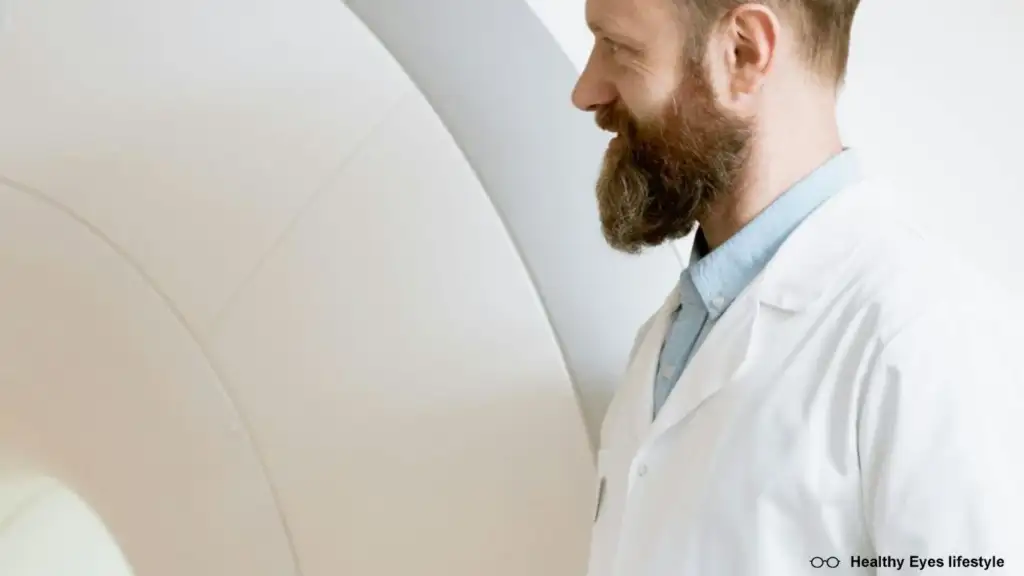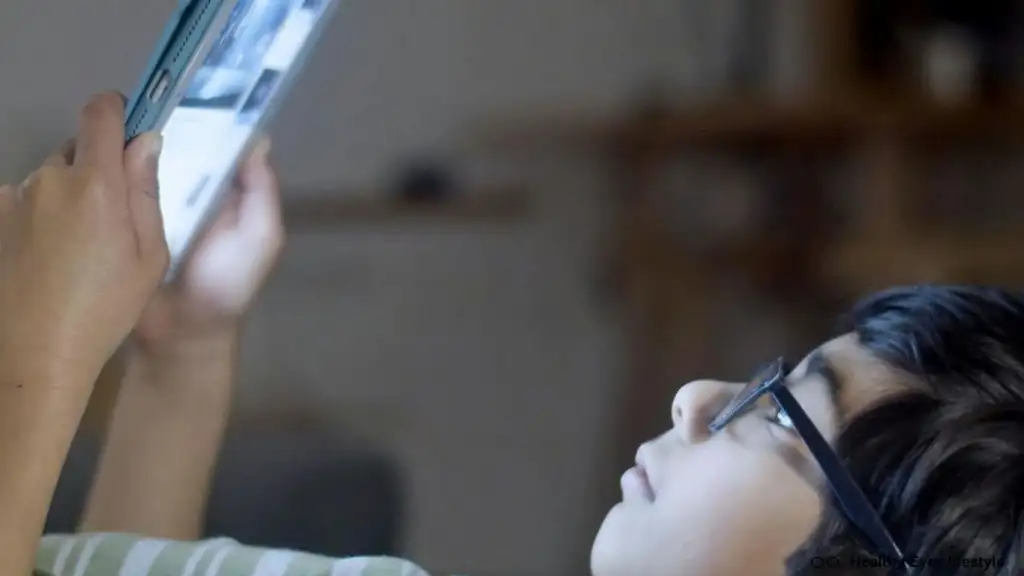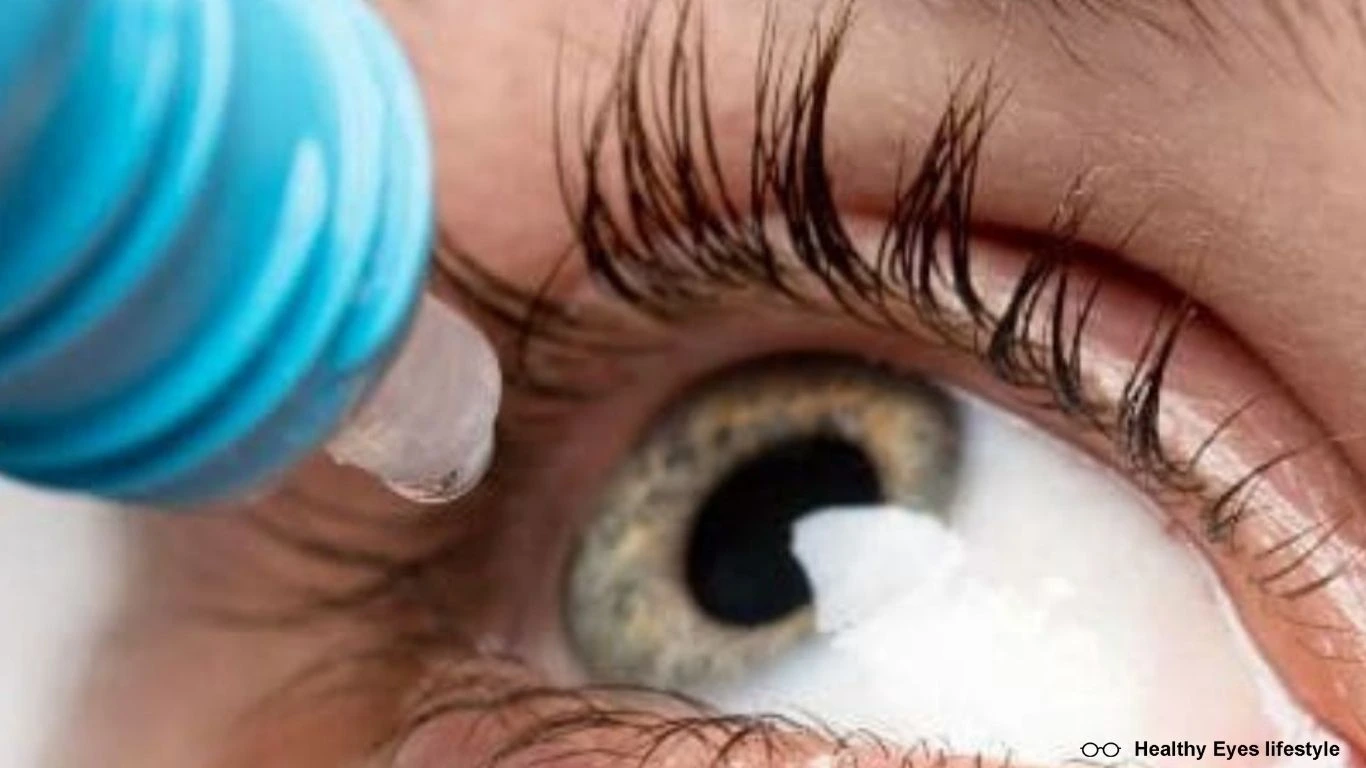Share This Article
Table of Contents
Myopia, or nearsightedness, has become a significant global health concern, particularly among children. With increasing screen time, close-up tasks, and less outdoor activity, the prevalence of myopia is skyrocketing. One of the most promising treatments for controlling myopia progression is atropine eye drops
. In this article, we’ll explore how atropine works, its benefits, potential side effects, and its role in managing myopia.
What is Myopia?
Myopia or nearsightedness, is a visual defect where distant objects appear blurry and all close objects can be seen clearly. This occurs when the eyeball is too long, or the cornea is too curved, causing light to focus in front of the retina instead of on it.
The increasing rate of myopia in children, especially in East Asian countries, is alarming. Studies estimate that by 2050, nearly 50% of the world’s population could be affected by myopia. Left unchecked, progressive myopia can lead to serious eye conditions like retinal detachment, glaucoma, and macular degeneration.

What Are Atropine Eye Drops?
Atropine eye drops have traditionally been used for dilating the pupil during eye exams and treating conditions like lazy eye (amblyopia). However, in lower concentrations, atropine has been found to slow the progression of myopia in children.
Low-dose atropine (typically 0.01% to 0.05%) is currently being studied and prescribed to control myopia, making it a valuable tool for parents and eye care professionals looking for effective myopia management strategies.
How Do Atropine Eye Drops Work?
Atropine works by blocking certain receptors in the eye’s muscles, preventing them from overfocusing during close-up tasks. Researchers believe that myopia progresses when the eye focuses too intensely on near objects for extended periods, causing the eye to elongate. By relaxing the eye’s focusing muscles, atropine may reduce the stimulus for this elongation, thus slowing the progression of myopia.
Effectiveness of Atropine for Myopia Control
Multiple clinical studies have demonstrated the effectiveness of atropine eye drops in controlling the progression of myopia in children. Here’s a summary of key findings:

Table 1: Effectiveness of Atropine in Myopia Control
| Study | Dosage Used | Reduction in Myopia Progression |
| ATOM 1 (2006) | 1% Atropine | 77% reduction |
| ATOM 2 (2012) | 0.01% Atropine | 60% reduction |
| LAMP Study (2019) | 0.05% Atropine | 67% reduction |
The ATOM studies (Atropine for the Treatment of Myopia) are among the most cited research on the subject. The ATOM 2 study, which examined the efficacy of lower concentrations of atropine, revealed that 0.01% atropine effectively reduced myopia progression by 60%, with fewer side effects compared to higher doses.
Dosage and Administration
Atropine eye drops are typically prescribed at low concentrations for myopia control. The most common dosages used are 0.01%, 0.025%, and 0.05%. Atropine 0.01% is the most popular choice, as it offers a good balance between efficacy and minimal side effects.
How to use:
- One drop in each eye, once daily, preferably at bedtime.
- The treatment period may last from 6 months to several years, depending on the individual’s response and progression rate.
Benefits of Using Atropine Eye Drops
Using atropine eye drops for myopia control offers several advantages, especially in children prone to rapid progression:
1. Slows Myopia Progression
The primary benefit of atropine is its ability to reduce the rate of myopia progression, potentially lowering the risk of severe eye problems in adulthood.
2. Reduces the Need for Stronger Glasses
Children using atropine often experience slower changes in their prescription, reducing the need for frequent updates in their glasses or contact lenses.
3. Long-Term Protection
By slowing the progression of myopia, atropine treatment can help protect against long-term complications, such as glaucoma and retinal detachment, that are associated with high myopia.
Table 2: Advantages of Atropine for Myopia Control
| Benefit | Explanation |
| Slows Myopia Progression | Reduces eye elongation and vision deterioration |
| Low Side Effects | Low-dose atropine has minimal impact on daily vision |
| Reduces Eye Strain | Helps relax eye muscles during close-up tasks |
| Fewer Prescription Changes | Children need fewer changes in corrective lenses |
- “Vision shapes the way we experience the world—clear sight opens doors to learning, growth, and exploration.” – Anonymous
- “Protecting one’s vision is not just about seeing clearly; it’s about ensuring a lifetime of possibilities and experiences.” – Anonymous

Potential Side Effects
Although low-dose atropine is generally well-tolerated, there can still be some mild side effects. These include:
- Light Sensitivity: Atropine dilates the pupils, making eyes more sensitive to light. Sunglasses may be needed outdoors.
- Blurred Near Vision: Some users report difficulty focusing on near objects, although this effect is minimal with low concentrations.
- Allergic Reactions: Rarely, individuals may develop allergic reactions to the drops, resulting in itching or redness.
Despite these potential side effects, most children adapt well to the treatment, and side effects tend to diminish over time.
Conclusion
Atropine eye drops have proven to be a highly effective treatment for slowing the progression of myopia in children. With its low side effect profile and high efficacy, it’s becoming a popular choice for parents and eye care professionals alike. Early intervention is key, so if your child has been diagnosed with myopia, consider discussing atropine treatment with your optometrist or ophthalmologist.
FAQS
How long does my child need to use atropine eye drops?
The treatment period varies, but children typically use atropine for 2 to 3 years, with regular eye exams to monitor progress.
Are there any alternatives to atropine eye drops for controlling myopia?
Yes, other treatments include orthokeratology (special contact lenses worn overnight) and multifocal contact lenses. However, atropine remains one of the most effective non-invasive treatments.



